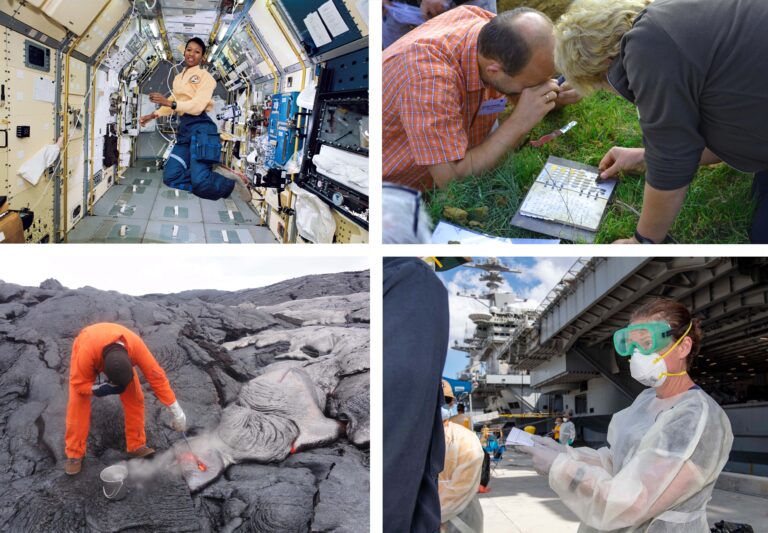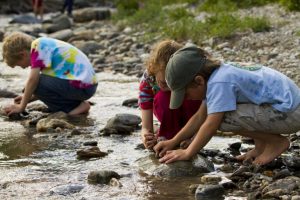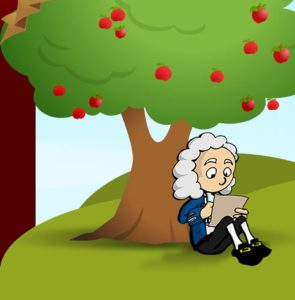P-3 What is Science?
Joey Wu
Science is all around us, from the changing seasons to the technology we use every day. As educators, we play a crucial role in introducing young minds to the wonders of science and helping them develop scientific thinking skills. This chapter will explore what science is and why it’s important for both teachers and students to understand its basic principles.
In this chapter, we’ll look at:
- What science really means
- The key features of science that are important for young learners
- How science works in simple terms
- Why understanding science matters for us as educators
By the end of this chapter, you’ll have a clear picture of what science is all about and how to bring its excitement into your classroom.
What is Science?
When we think of science, we might picture people in white lab coats or complicated formulas on a chalkboard. But at its heart, science is much simpler and more accessible than that.
Science as a Way of Exploring and Understanding Our World
Science is a special way of learning about our world. It’s like being a detective, but instead of solving crimes, we’re solving mysteries about nature. Scientists ask questions about everything around us – from tiny insects to enormous galaxies.
For example, a young student might ask, “Why do leaves change color in the fall?” This simple question is the start of scientific exploration. By observing leaves, comparing different trees, and maybe even doing some simple experiments, the student begins to understand a natural process. This is science in action!

Science as Both Knowledge and a Process of Discovery
Science isn’t just a collection of facts to memorize. It’s also about how we discover and learn new things. We can think about science in two important ways:
- Science as Knowledge: This is what we know about the world. It includes facts like “water freezes at 0°C” or “plants need sunlight to grow.” This knowledge comes from years of scientific work and discovery.
- Science as a Process: This is how we learn new things about the world. It involves asking questions, making guesses about the answers, and then testing those guesses through experiments or observations. It’s an ongoing journey of discovery.
By understanding science as both knowledge and a process, we can help our students develop a fuller, more exciting view of what science is all about. This approach not only teaches them about the world but also nurtures their natural curiosity and problem-solving skills.
Key Features of Science
When introducing science to your students, it’s helpful to focus on four key features that make science special:
A. Asking Questions About Nature
Science begins with curiosity. We would encourage you to ask questions about what you see around yourself. For example:
– “Why does ice float in water?”
– “How do birds fly?”
– “What makes a rainbow?”
These questions are the first step in scientific thinking. They show that you are observing the world and wondering about how things work.
B. Making Observations
Careful observation is a crucial scientific skill. Try to use your senses to gather information. This could involve:
– Looking closely at the parts of a flower
– Listening to different bird calls
– Feeling the texture of various rocks
Observation can also involve simple measurements, like using a ruler to measure plant growth or a thermometer to track daily temperatures.

C. Conducting Simple Experiments
Experiments help us test our ideas. Even young children can do simple experiments. For instance:
– Testing which objects float or sink in water
– Growing plants under different conditions
– Mixing colors to see what happens
These hands-on activities help us understand that science is something we can do, not just read about.
D. Using Evidence to Explain Things
Science relies on evidence, not just opinions. Learn to base your explanations on what you’ve observed or discovered through experiments. For example, if you’ve observed that plants grow taller in sunlight, you can use this evidence to explain why plants near windows often lean towards the light.
The Basic Steps of Science
While real scientific research can be complex, we want to introduce you a simplified version of the scientific process. Here are the basic steps:
A. Ask a Question
Everything starts with a question about something we observe. For example, “Why do some objects stick to magnets and others don’t?”
B. Make a Guess (Hypothesis)
A hypothesis is an educated guess about the answer to our question. For the magnet question, a student might guess, “I think metal objects will stick to magnets.”
C. Test the Guess
This is where we do an experiment or make more observations to see if our guess is right. In this case, students could test various objects with a magnet.
D. Look at the Results
After the experiment, we look at what happened. Did all metal objects stick to the magnet? Were there any surprises?
E. Share What You Learned
Scientists always share their discoveries. In the classroom, this could mean students presenting their findings to the class or creating a poster about their experiment.
Emphasize that these steps often repeat. If the results don’t match the guess, scientists ask new questions and try again. This shows students that making mistakes and trying again are normal parts of science.
By introducing these basic steps, we help students understand that science is a structured way of exploring the world, but also a creative and exciting process of discovery.
Science is a Team Effort
One of the most important aspects of science is that it’s a collaborative process. Scientists don’t work alone in isolated laboratories; they’re part of a global community. For example, a team studying ocean pollution might include marine biologists, chemists, and environmental scientists; Space missions involve astronomers, engineers, physicists, and even medical doctors working together.
Science is like a big puzzle that scientists all over the world are working on together. Each discovery adds a new piece to our understanding. Current scientific knowledge is based on centuries of previous work, and one scientific discovery often leads to new questions and further research. Imagine we’re building a tower of knowledge about gravity. Ancient people laid the first block by noticing that things fall down. Then Newton added a huge section to our tower, explaining how gravity works on Earth and in space. Einstein came along and made the tower even taller, helping us understand gravity in new ways. Today, scientists are still adding to this tower, asking questions like ‘How does gravity work inside a black hole?’ or ‘Can we detect gravity waves from space?

Science Changes and Grows
It’s crucial for us to understand that science is not a fixed set of facts, but a growing and changing body of knowledge. Science is always open to new evidence and ideas. Sometimes, new discoveries can dramatically change our understanding. For example, people thought the Earth was flat. But as explorers sailed around the world and we saw pictures from space, we learned it’s actually round.
Emphasize that changing ideas based on new evidence is a strength of science, not a weakness.
Science is a journey of discovery, not a destination. Its dynamic nature—always open to new evidence and ideas—is what makes science powerful and exciting. As future educators, you play a crucial role in conveying this spirit of scientific inquiry to your students. Encourage them to question, observe, and think critically about the world around them. By fostering scientific literacy in your classroom, you’re not just teaching facts; you’re empowering students with tools to understand and engage with an ever-changing world. Remember, science is as much about the questions we ask as the answers we find—embrace this perspective to inspire a lifelong love of learning and discovery in your students.
Sources from https://undsci.berkeley.edu/understanding-science-101/

